Electric Pumps are here! Ride Engine Airbox Review
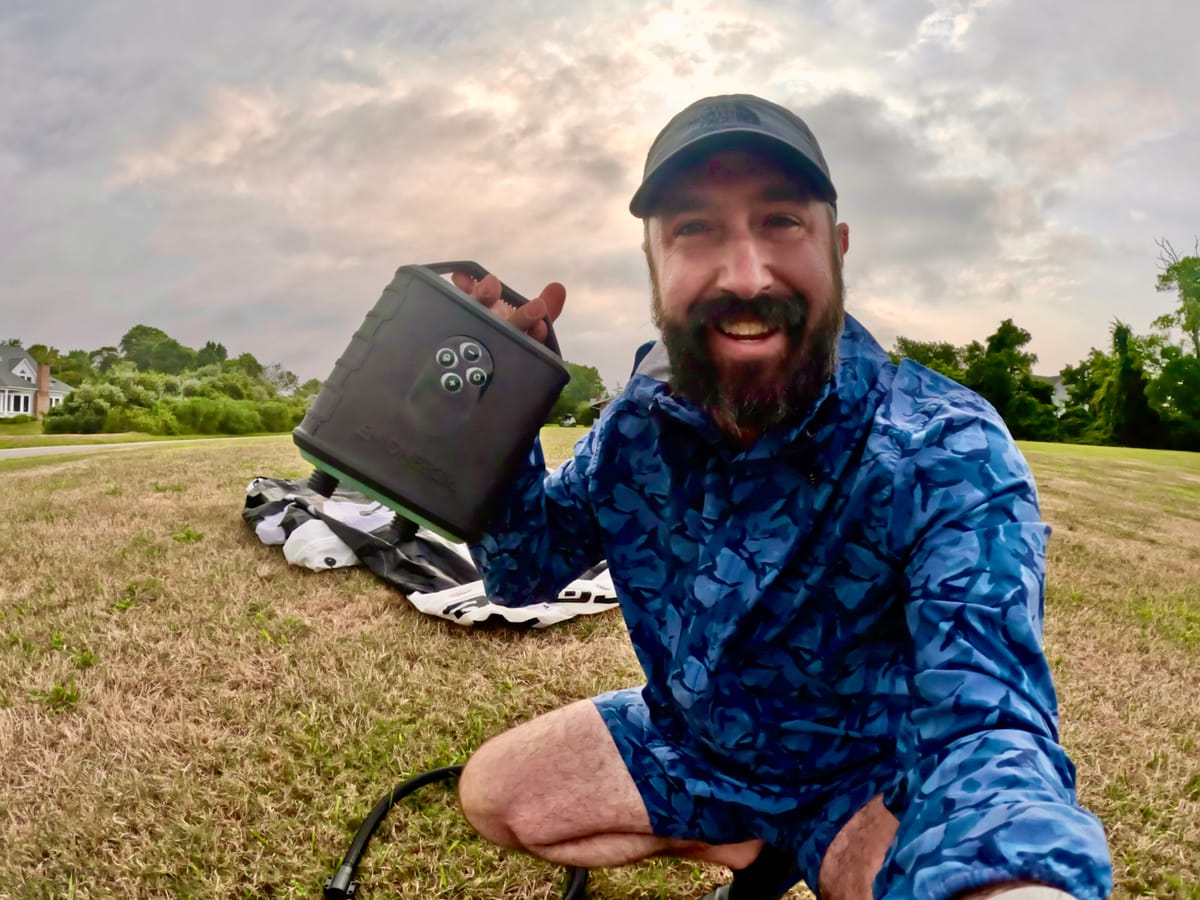
I’m always looking for optimizations to my kite setup or my travel setup. Being a dad, a husband, having a full time job, and side projects —it just leaves so little time for kiting so I need to make the very most of the time I do get.
Here’s a post on me optimizing my travel kite bags and here’s one I did on the Ride Engine micro pump.
This had me curious about all the videos I saw about electric pumps. Like everyone else, I’ve always moaned about the effort to pump up big kites. I also experienced the joy of pumping up kites in 20 seconds using air compressors at well equipped kites spots.
So it all made perfect sense when I finally got talked into buying a Ride Engine Airbox.
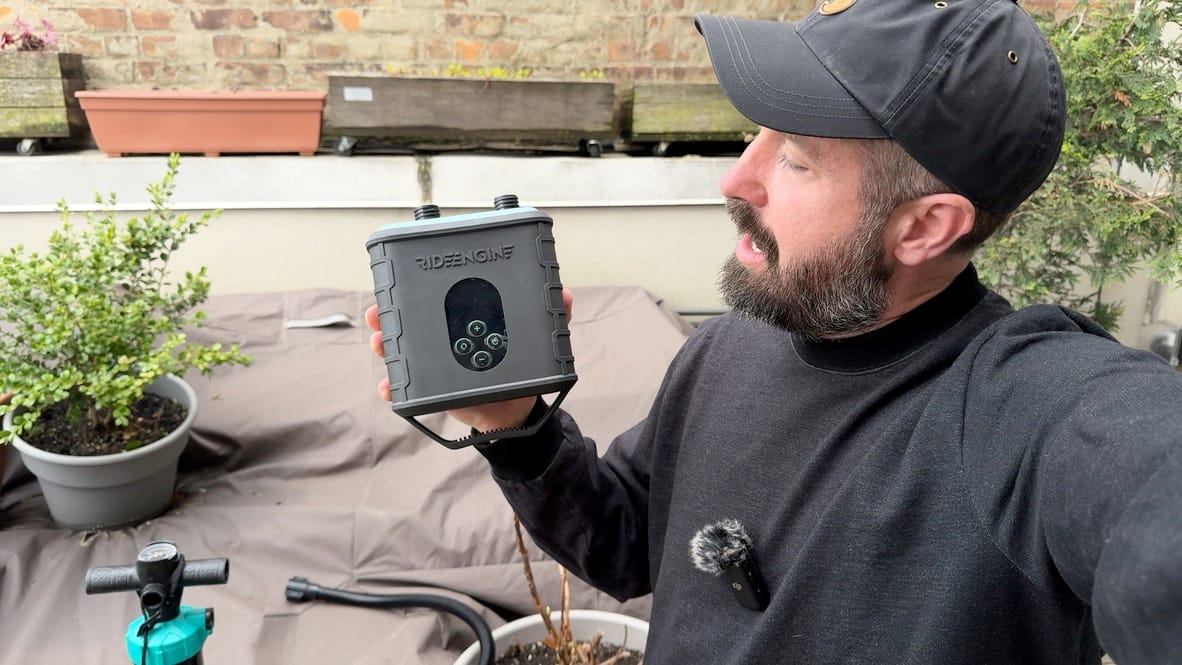
Why the Airbox
I’d seen Damien Leroy’s videos about the puffer air and it definitely got me interested. I was a little concerned about buying a generic Amazon brand and I couldn’t tell which ones were legit. Then when ride engine made one, I figured it would be good, and I like supporting kite specific brands when I can.
The last thing that pushed me over was speaking to Bobby at Houston Kiteboarding. He said they’d sold hundreds of the pumps, and that he’d personally put the pump through its paces and thought it was ready for prime time. So I pulled the trigger.
Pros
Low effort this should be obvious, but it’s basically no work compared to a regular pump. And it frees up your time to rig your lines and do other things while you wait for it to pump your kite. The speed of pumping is not the real benefit here. Remember: you still do need to put a leash on the kite while you run the pump!
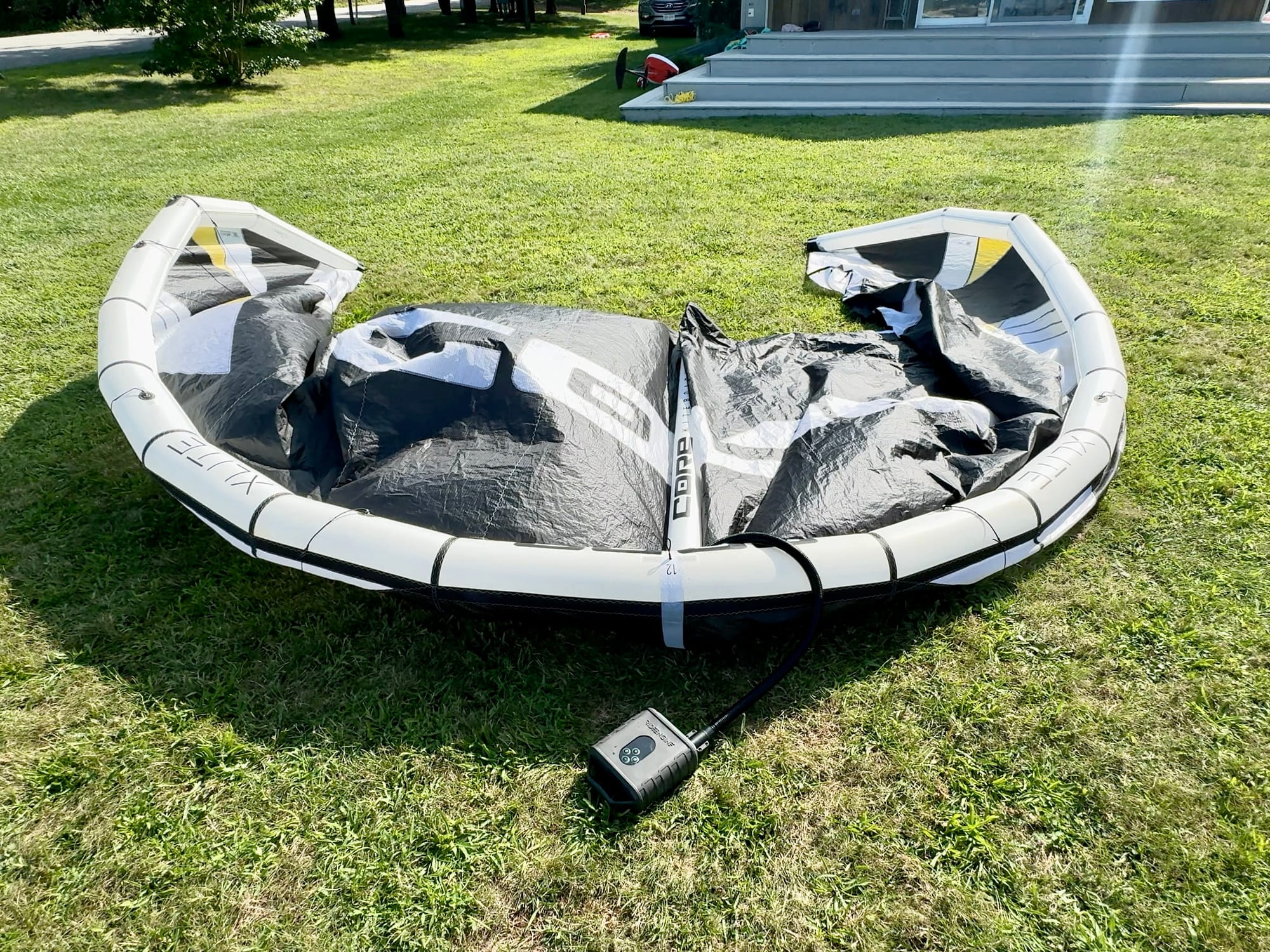
Size - the device is much more compact than a regular pump, it fits in a suitcase much more easily. I pair this with the ride engine micro pump as a backup, and neither take up too much space.
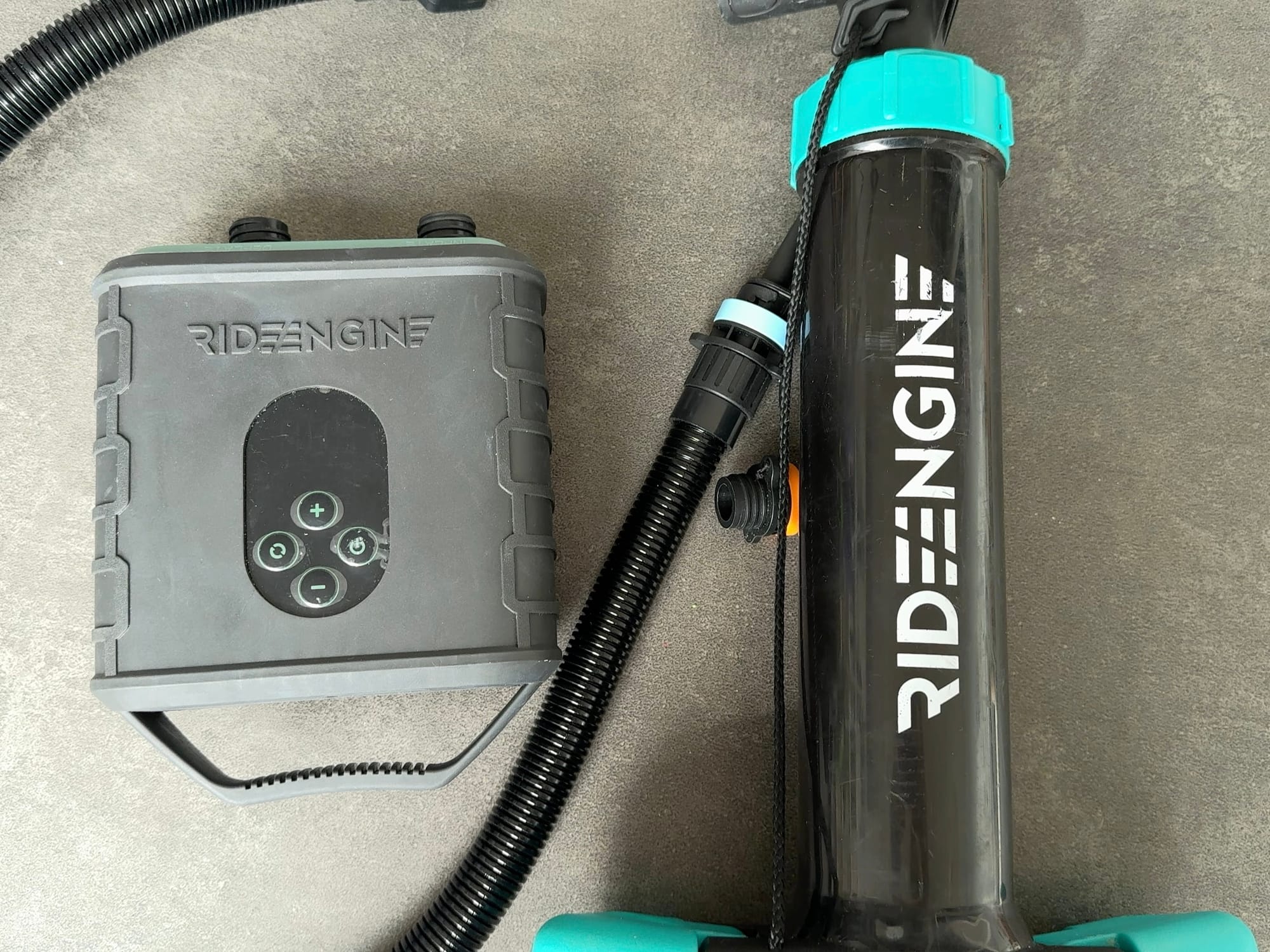
Weight - The weight of the devices is also really manageable. I put one in my carry-on suitcase, and it didn’t bother me at all to travel with. I can easily throw one in the small backpack I take with me on most kite sessions.
Charging capacity - in a very unscientific test, I just pumped up everything inflatable I had on hand… and it had no problem on single charge. I did a stand up pad, inflatable wing board, 2 kites, and 2 wings. Maybe my expectations were low, but on a full charge this can handle anything you’d pump in a typical session.
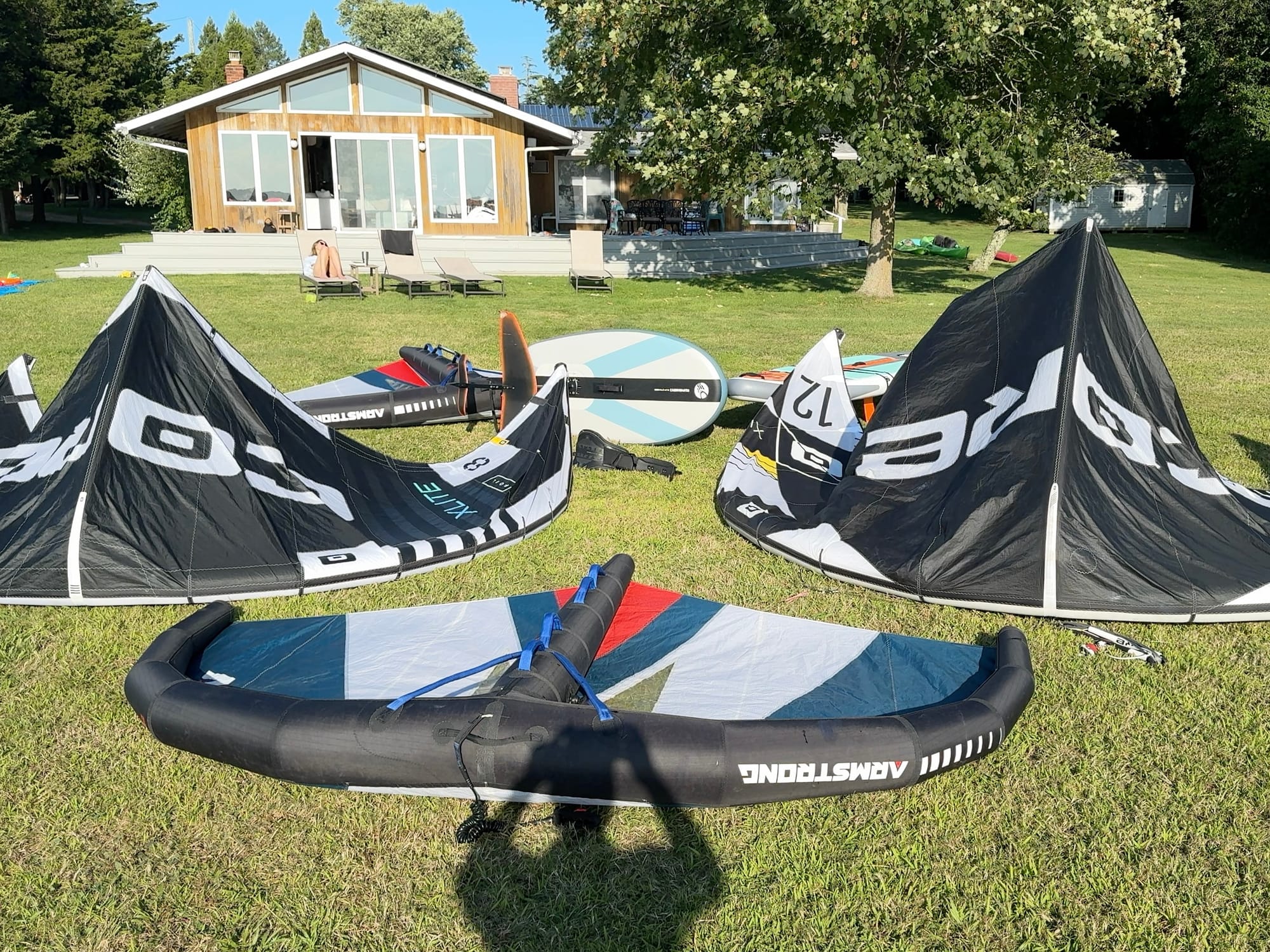
Ease of use - there’s 4 buttons, and its very intuitive to set the pressure and hit the on button. Up and down set the pressure, and then the power button starts and stops the device.
USB-C - It may seem trivial, but it would have been a deal breaker if this was micro-usb or some other connector that I never have on me. USB-c is the standard now, it’s what I always carry with me, and I love that they made the right call here!
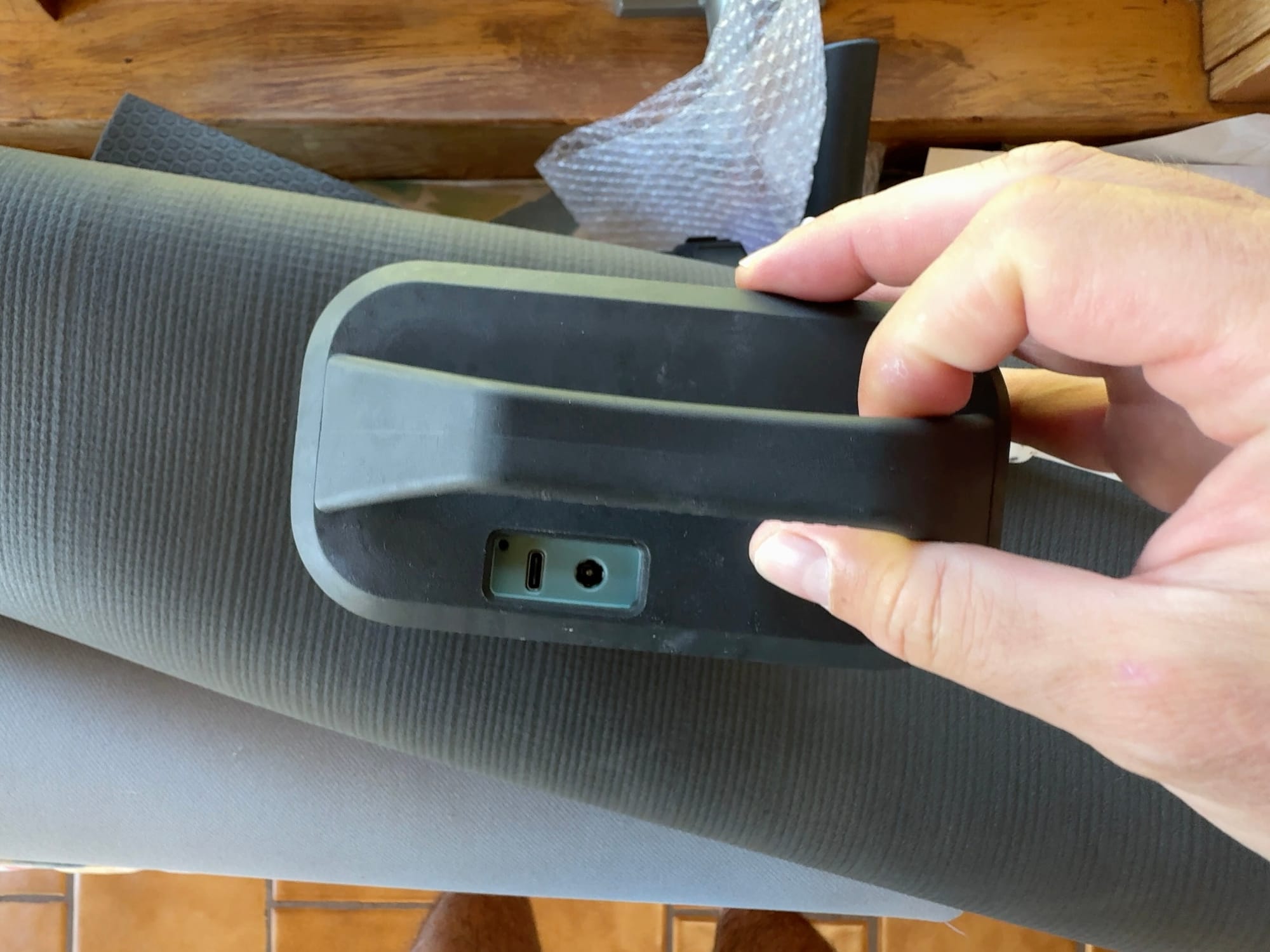
Cons
Proprietary hose - So this is a proprietary hose that does not work with my core , slingshot, or WMFG pumps. Thats annoying. I wish they’d used a standard hose, so I could easily get a replacement from any kite shop. I like to carry a back up hose in my bag, since I’ve had hoses crack, and it would make sense for the same hoses to work both the electric and regular pumps.
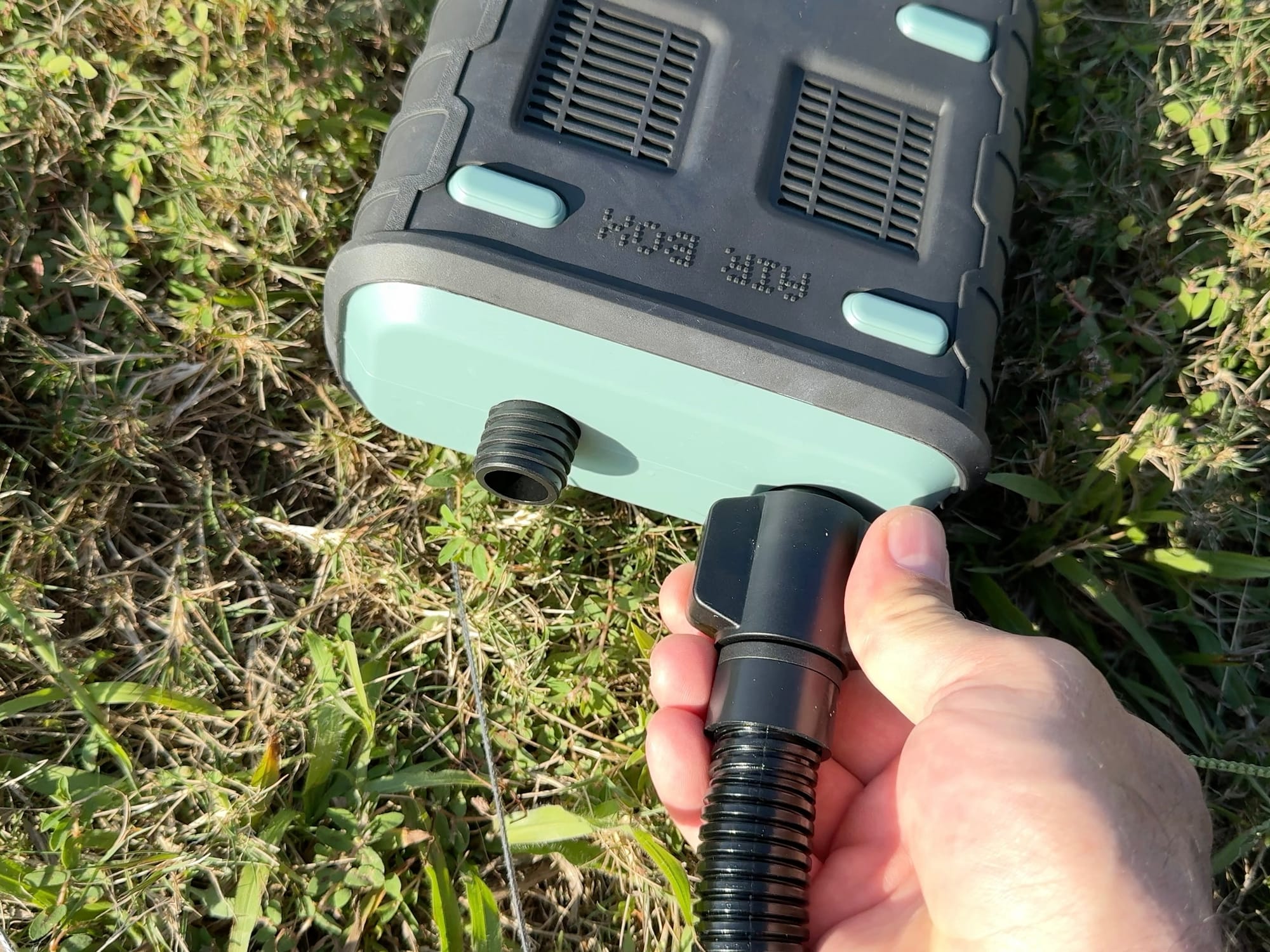
Proprietary nozzle - I wish it just had a standard tip at the end, and not a screw on attachment with two sizes. It’s just one more thing to lose. This is more of a small annoyance.
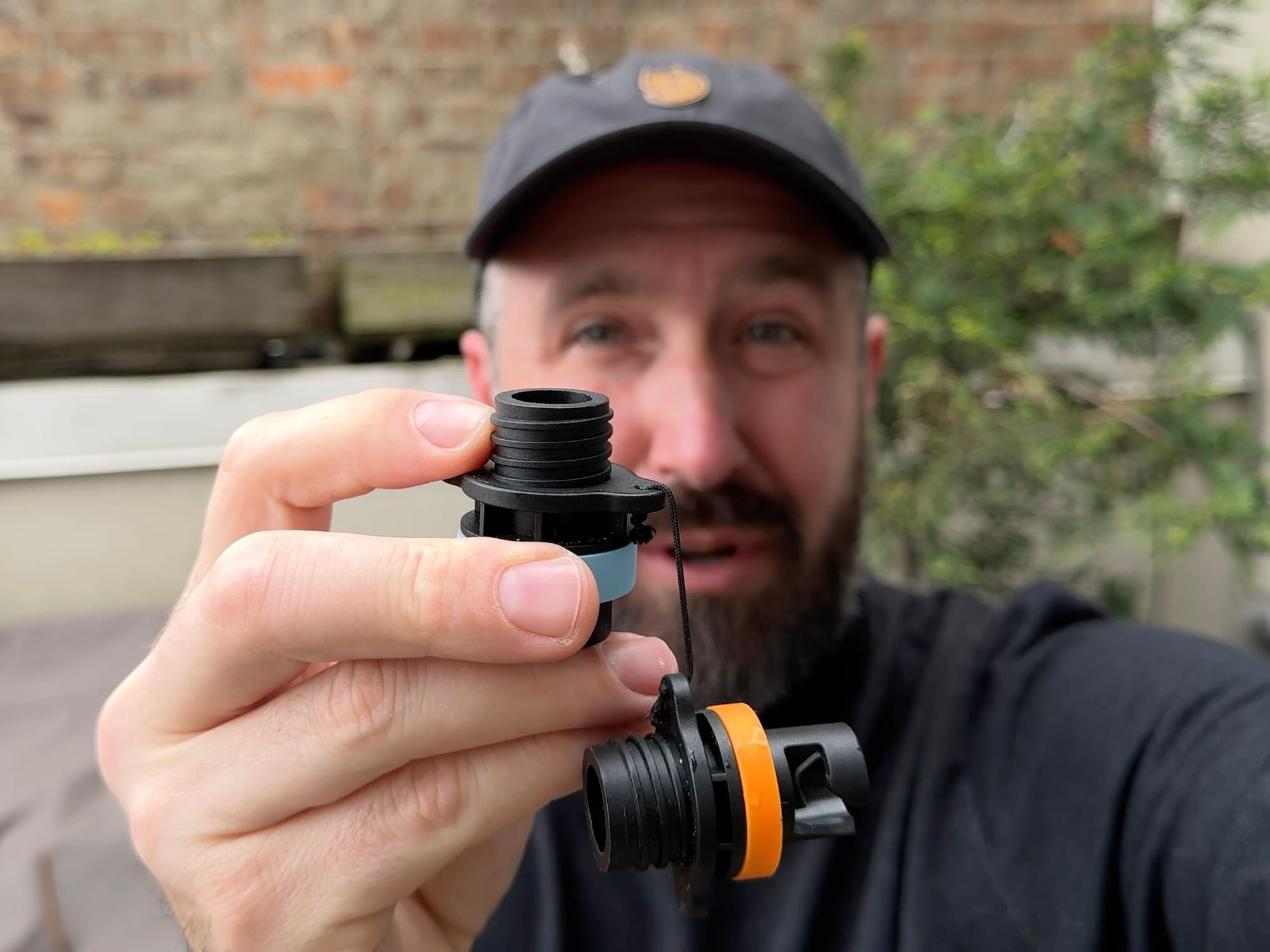
Pressure sensor bug - there seems to be a bug in the software where the sensor gets confused and constantly switches between the high pressure and low pressure motor. The fix is quick and easy, you can watch the video from Ride Engine here.
Durability - it won’t be a durable as a regular pump, you cant submerge it or leave it out in the rain ( I left it out in the rain overnight and it survived, but do this at your own risk). I’ve been pretty tough on mine, but you won’t be able to complete neglect it like a regular pump.
Charging - this is the biggest con, it’s just one more electric device you need to remember to keep charged. If you forget, and you’re rushing out the door to go catch a session, it’s a big nuisance to have to wait for this to charge. You may prefer having a fully analog kite setup :)
The Alternatives
I bought the Airbox because I wanted to support my buddy Bobby at Houston Kiteboarding, and I want to support kite specific brands, rather than just generic Amazon brands. At the same time, Kitesurfing has become extremely expensive, and I understand that many people will need to optimize for cost first. As a result I wanted to check out an alternative, and it just so happened that ToPump reached out to me to see if I wanted to check out their TPS260 pump.
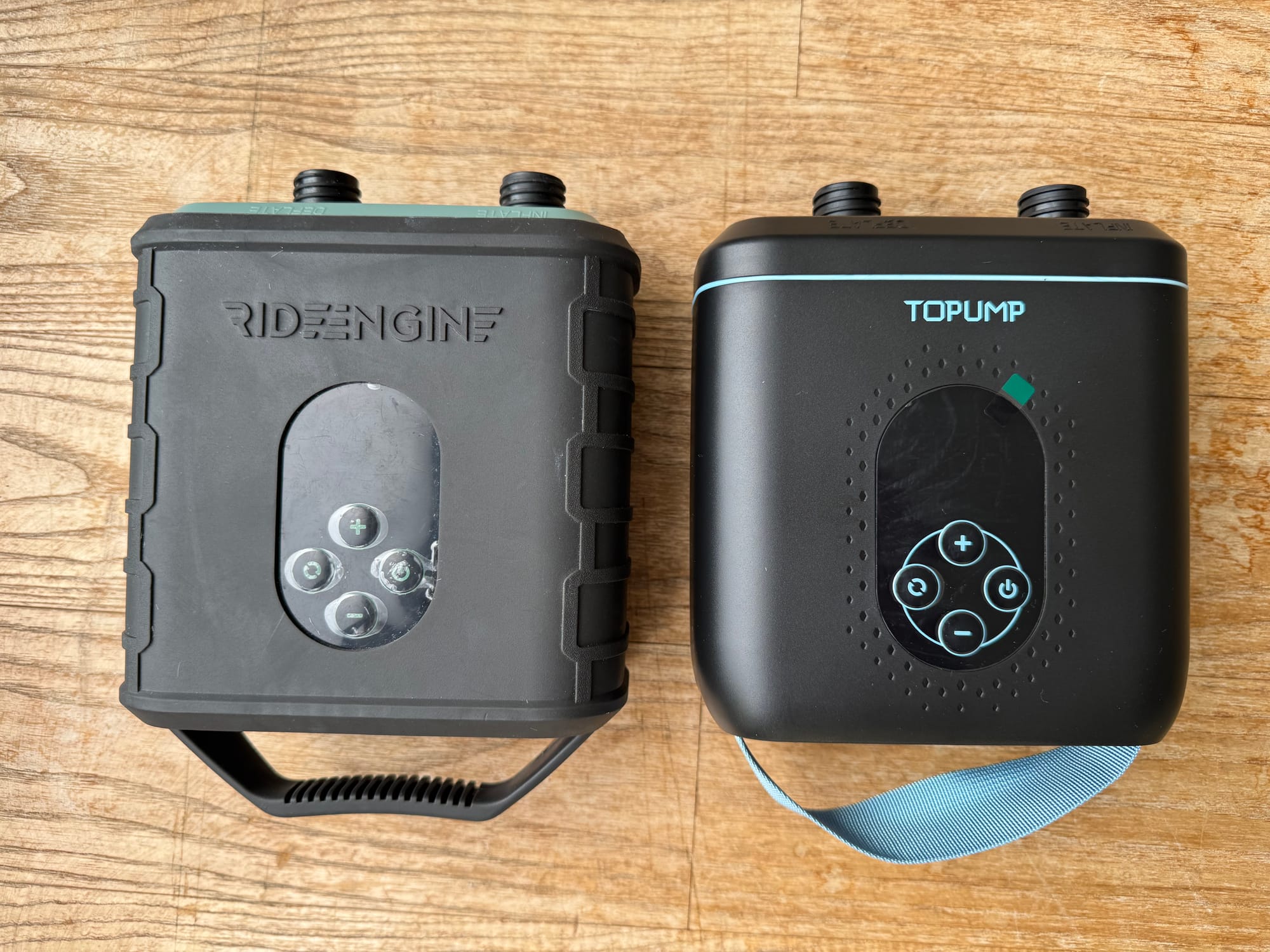
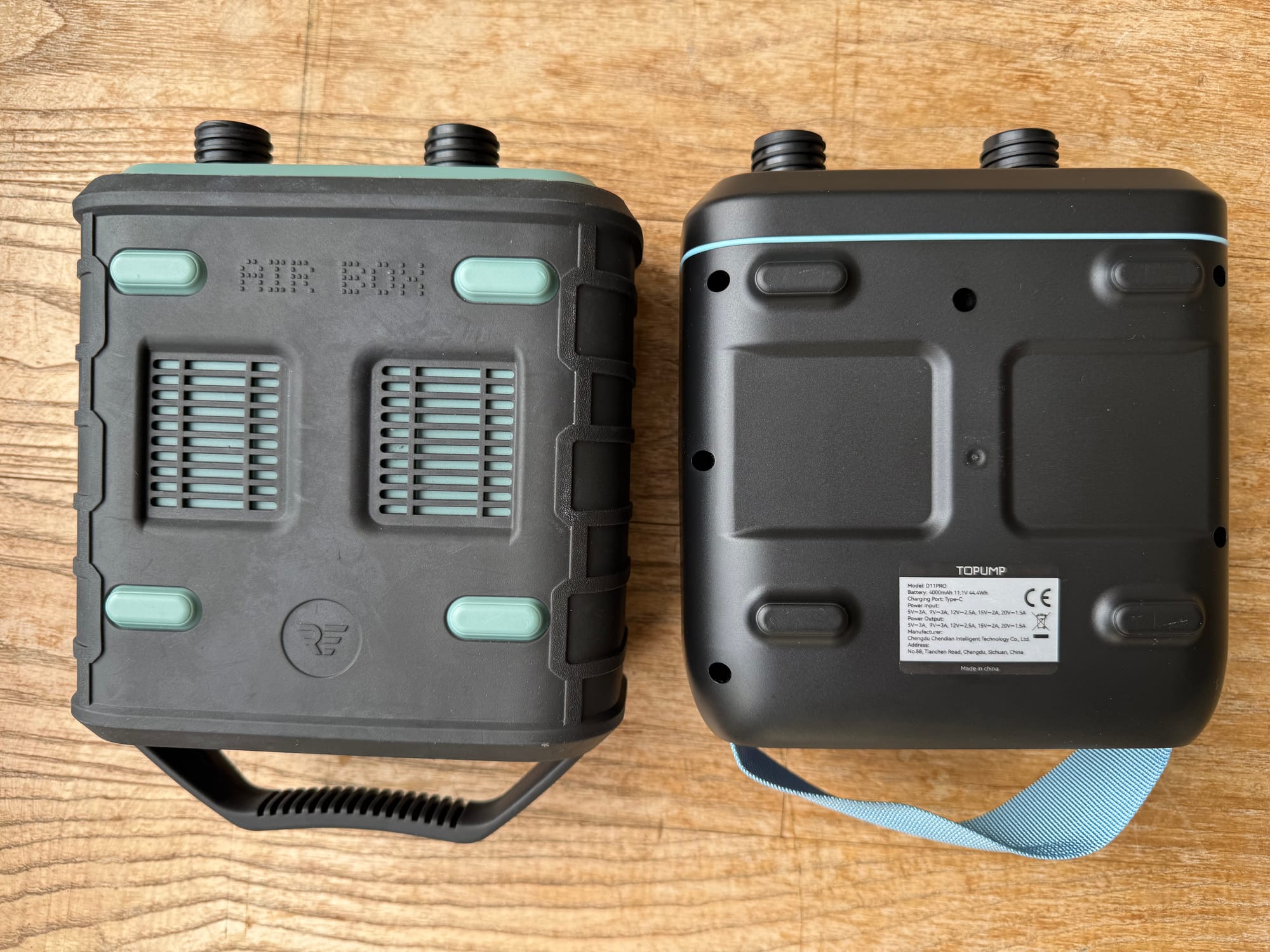
It looks extremely similar to the Airbox, so I suspect that the device is the same and just has a different outer shell. The Airbox has a tough rubberized case around it, but the inside looks exactly the same. I haven’t had a chance to test the Topump enough yet, but I’m going to do more testing and I’ll follow-up with a future video on whether I can recommend it as a good budget option for people. You can see a very similar design here from Airbank with their Puffer Pro.
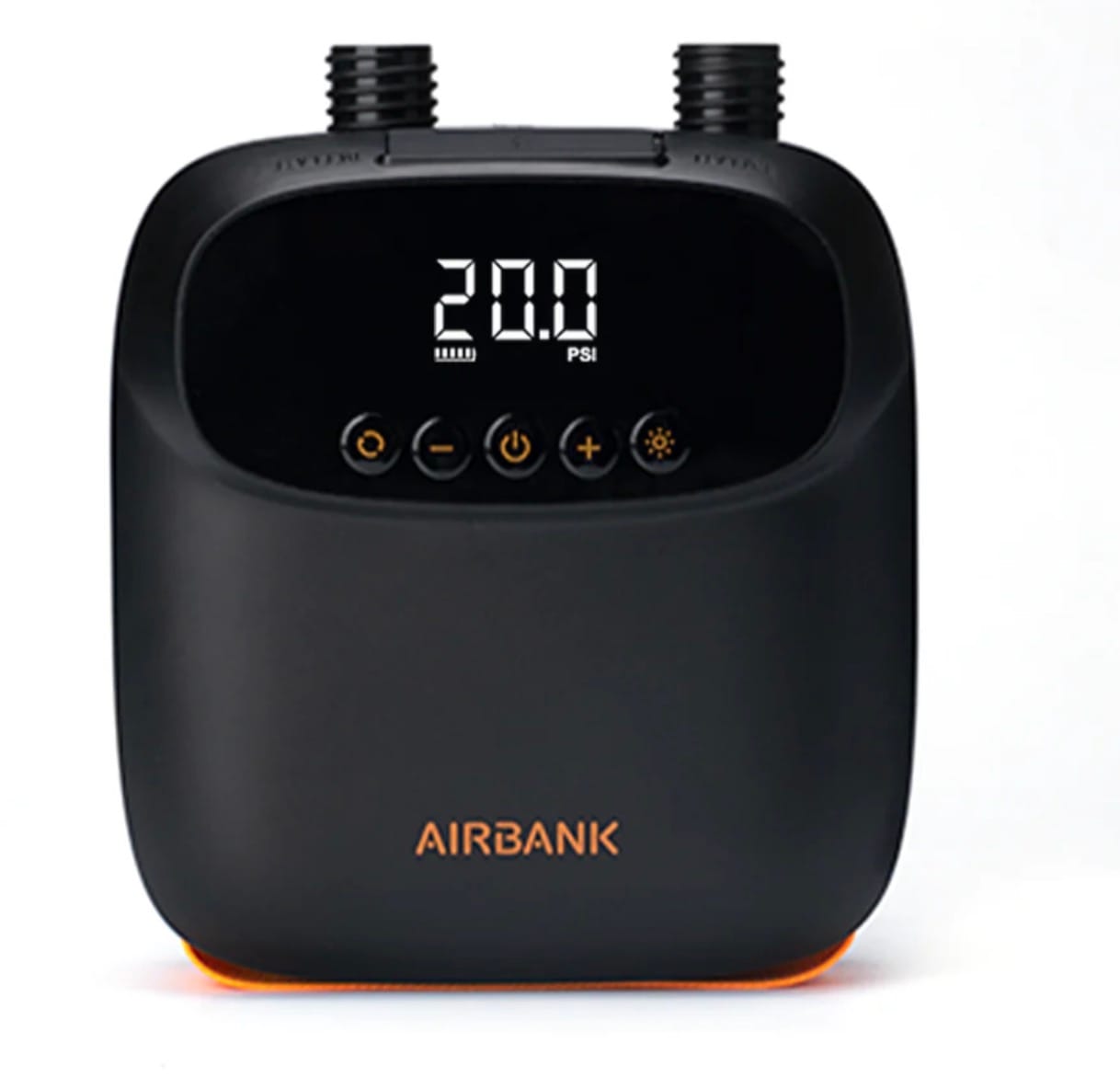
There’s also a new version on the market from Airbank (of course one comes out right when I finally buy one) called the Mini Pulse, and this one looks super interesting in terms of size. I would probably jump straight to this size if it works just as well as the other pumps.
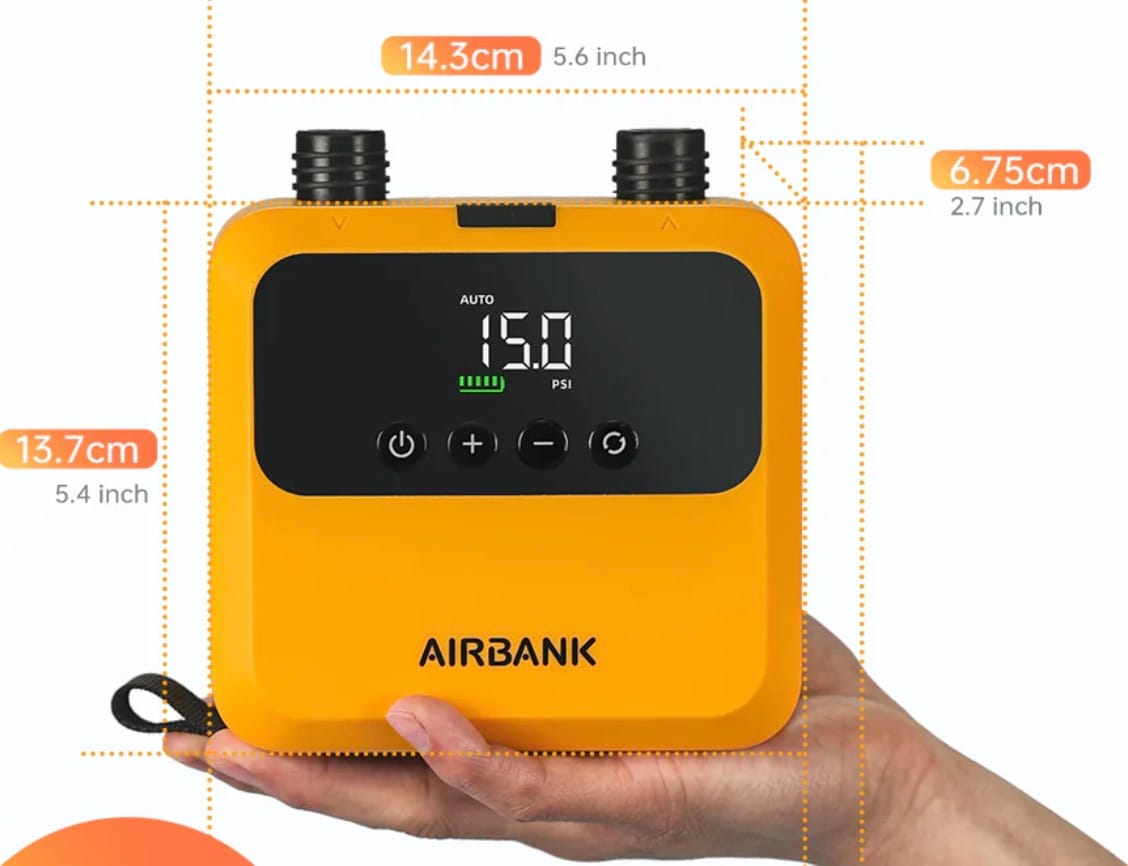
I have not been able to test this one either, but I found some people that have on Kiteforum.com. In the thread it looks like Smuggle put the device through its paces and he recommends it. If I can get my hands on one, I’ll test them all side by side.
Summary
So I’m convinced enough that I’m going to be carrying an electric pump with me for the vast majority of my sessions. As a backup, I’ll bring the Ride Engine micro. That way if I forget to charge the Airbox, I’ve still got an option, and I can always borrow a full size pump on the beach.
The electric pump saves my energy, helps me get setup more quickly, and allows me to change kites sizes in the middle of a session faster. It does all these things with fairly minimal down-sides, so I feel comfortable with the trade off. In the future, I’d like to see new versions get smaller and fix all the cons of the Airbox!